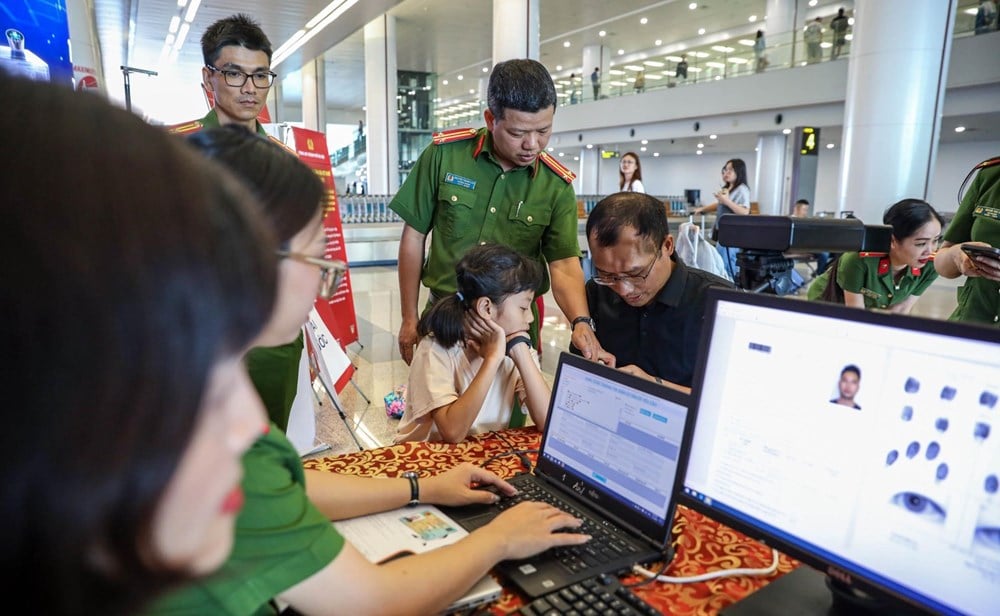
Draft National Technical Regulation on Voice Biometrics
The draft National Technical Regulation on Voice Biometrics clearly stipulates the conditions on the age and voice status of citizens. Accordingly, the age for the first sampling must be from 6 years old; the sampling times to update data are from 14 - 25 years old, 25 - 40 years old, 40 - 60 years old.
At the time of voice biometrics collection, citizens must commit to having no signs of abnormalities in voice, health and psychology.
The voice biometrics acquisition process goes through 7 steps, specifically as follows:
Step 1: Citizens go to the registration location, request to have their voice biometric information collected and present personal documents;
Step 2: The receiving officer will check and verify the citizen's information and print a confirmation form to voluntarily provide voice information, commit to the citizen's voice status for checking, sign and confirm, and clearly state the full name;
Step 3: The receiving officer collects the citizen's facial biometrics or fingerprints and enters the citizen's basic information to create a voice biometrics record.
Step 4: The receiving officer guides the citizen into the collection room;
Step 5: Citizens proceed to record according to the instructions of the receiving officer;
Step 6: When the recording system reports that the voice result meets the requirements, the citizen finishes recording, the recording officer stores the citizen's voice according to regulations. The citizen can request to listen to his/her recorded voice again.
Step 7: The receiving officer guides people out of the collection room and stores the results according to regulations.
The draft standard clearly states that voice biometric data is sensitive personal information and must be strictly managed in accordance with the law on personal data protection and network security.
Note, only agencies licensed or authorized by the Ministry of Public Security are allowed to collect voice biometric data. The collection process must follow technical procedures and use equipment that meets standards.
Voice biometric information collected into the Identity Database must meet the following conditions: ensuring the legal value of the data message; ensuring the unique identification of that citizen in the Identity Database...
Draft National Technical Regulation on Iris Biometrics
The Draft National Technical Regulation on Iris Biometrics states that to achieve the best iris recognition performance and interoperability, the following recommendations should be followed:
The person taking the sample must ensure that there are no eye diseases that directly affect the iris sampling process.
The sampler's head should be held approximately vertical, so that a line drawn between the centers of the left and right irises is horizontal within ±10°.
Excessive pupil dilation can reduce image quality. Therefore, it is necessary to adjust the ambient light so that the pupil diameter is maintained between 20% and 70% of the iris diameter, which helps the eye to see more clearly and stably.
The sampler should remove glasses (including contact lenses) when taking photos to optimize image quality and minimize the rate of distortion.
Iris data is sensitive biometric information and must be strictly managed in accordance with the law on personal data protection and network security.
Only agencies licensed or authorized by the Ministry of Public Security are allowed to collect iris data. The collection process must follow technical procedures and use equipment that meets standards.
Iris data is only shared in cases of request for appraisal by the prosecution agency; synchronization of the data system of the National Database on Identification; the national biometric authentication system; professional units, scientific research of the Ministry of Public Security when there is a practical request...
The full text of the two draft standards has been posted on the Ministry of Public Security's Electronic Information Portal to collect public opinions for 60 days (from October 14 to December 14).
According to the 2023 Law on Identification (effective from July 1, 2024), the ID card will integrate biometric data such as face, fingerprint, iris, DNA and voice. However, the collection and management of this data is not yet standardized, causing difficulties in sharing and synchronizing between systems. Therefore, it is necessary to develop technical standards for the biometric data collection process.
Source: https://baovanhoa.vn/nhip-song-so/de-xuat-quy-chuan-sinh-trac-hoc-giong-noi-va-mong-mat-cua-cong-dan-175345.html













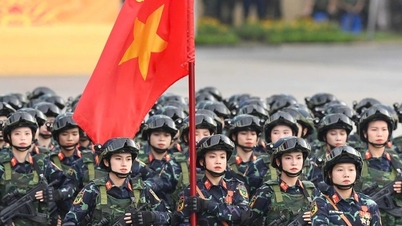






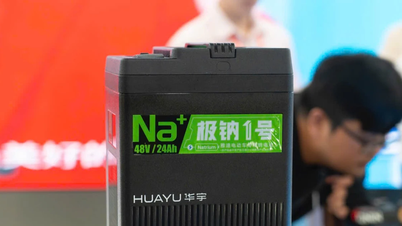









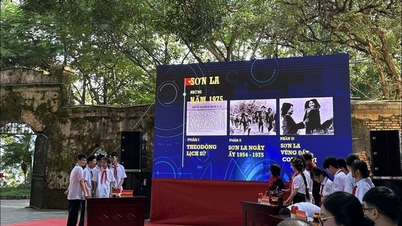
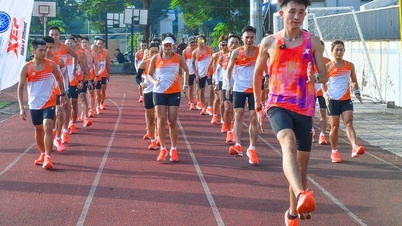

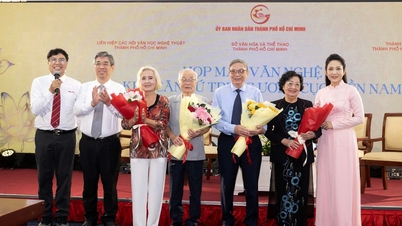
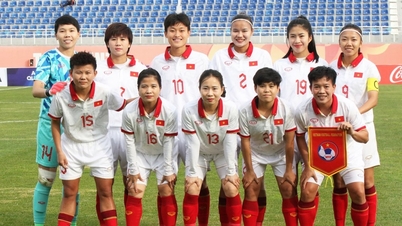


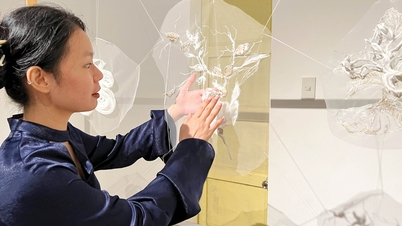

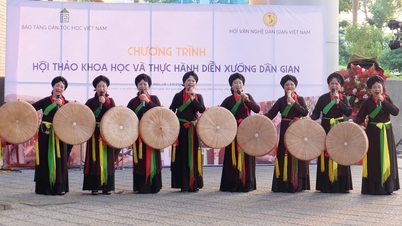










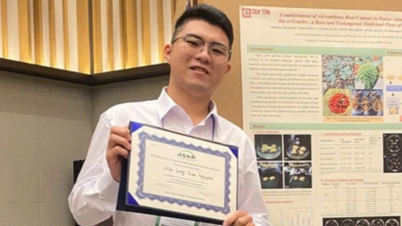


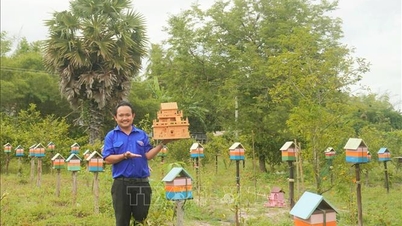



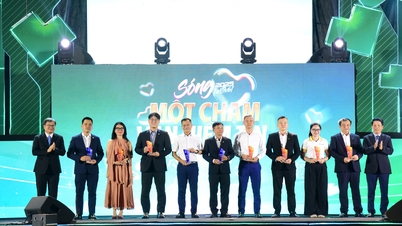












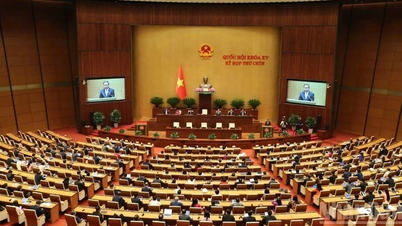

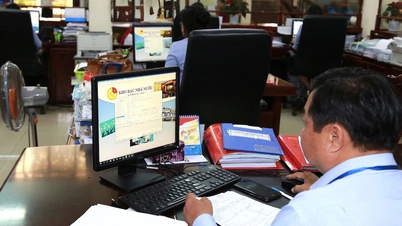
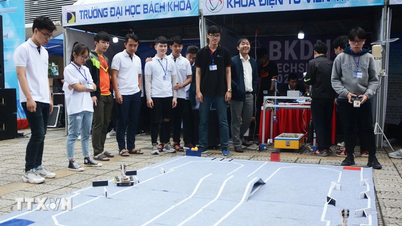











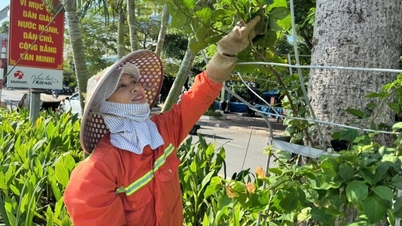






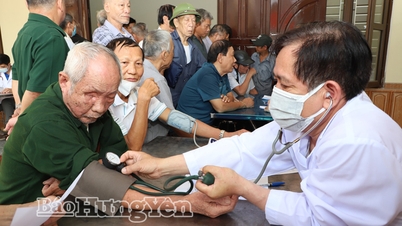














Comment (0)